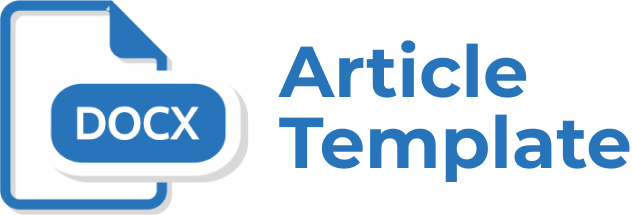Blended Instruction to Encourage Students’ English Learning Autonomy
Abstract
This research and development study was aimed at developing a web-based learning program to encourage students' learning autonomy. The research was conducted in Yogyakarta State University, and the steps consisted of needs analysis, development, evaluation, and try out. The data were collected using questionnaires and were descriptively analysed. The developed program was rated very good both by the experts and also by the students. This program can be applied in Blended English Course intended to encourage students to develop their study skills and English skills, and to provide students with links for learning English independently outside the class. Blended instruction offers both promises and challenges for the improvement of the English Course to meet the expectation from various parties- students, institution, as well as the society. It opens up students' learning opportunity, not only limited in the classroom but also outside the class, at anytime, anywhere, and thus students are expected to learn more. However, to get the most benefits of this model of instruction, institutions should do their parts, such as providing the facility, managing the system, and encouraging the staff to develop and implement the program.
Keywords: blended instruction, English, learning autonomy
Full Text:
PDFReferences
Anderson, N. J. (2012). Reading Instruction, in Anne Burns and Jack C. Richards (eds): The Cambridge guide to pedagogy and practice in second language teaching. Cambridge: Cambridge University Press.
Brick, J. (2012).Teaching English for Academic Purposes, in Anne Burns and Jack C. Richards (eds): The Cambridge guide to pedagogy and practice in second language teaching. Cambridge: Cambridge University Press.
Crandall, J. (2012). Content-based Instruction and Content Language Integrated Learning, in Anne Burns and Jack C. Richards (eds): The Cambridge guide to Pedagogy and practice in second language teaching. Cambridge: Cambridge University Press.
Davis, S. (2003).Content Based Instruction in EFL Contexts.The Internet TESL Journal, Vol. IX, No. 2, February 2003. http://iteslj.org./ retrieved on 9 October 2013 at 10.12.
Dudeney, D. & Hockly, N. (2008). How to Teach English with Technology. Essex: Pearson Longman.
Grabe, W. & Stoller, F.L. (2001).Reading for Academic Purposes: Guidelines for the ESL/EFL Teachers, in Celce-Murcia (ed): Teaching English as a second/foreign language. New York: Heinle & Heinle Thomson Learning.
______ (1997).Content-based Instruction: Research foundation, in Stephen B. Stryker dan Bettylon Leaver (eds): Content-based instruction in foreign language education: Models and methods, Washington D. C.: Georgetown University Press.
______ (2011). Teaching and Researching Reading, 2nd edition, Harlow: Pearson Education Limited.
Hutchinson, T.& Waters, A. 1987.English for specific purposes, a Learning-centred approach. Cambridge: Cambridge University Press.
Hyland, K. (2006). English for Academic Purposes, an Advanced Resource Book. London: Routledge.
Kumaravadivelu, B. (2008). Understanding language teaching, from method to postmethod. London: Lawrence Erlbaum Associates Publishers.
Nation, I.S.P. & Macalister, J. (2010).Language Curriculum Development. New York/London: Routledge.
Nation, I. S. P. (2012).What should every ESL teacher know? Compass Publishing.
Reinders, H. (2012). Online and Blended Instruction in Anne Burns and Jack C.
Richards (eds): The Cambridge guide to Pedagogy and practice in second language teaching. Cambridge: Cambridge University Press.
Richards, J. C.& Rodgers, T. S. (2001) Approaches and methods in language teaching. Cambridge: Cambridge University Press.
Snow, M.A. (2001). Content-based and Immersion Models for Second and Foreign.
Language Teaching, in Celce-Murcia (ed): Teaching English as a second/foreign language. New York: Heinle & Heinle Thomson Learning
Stoller, F.L. & Grabe, W. (1997). The 6 T’s Approach to Content-based Instruction.
Longman. http://www.carla.umn.edu/cobaltt/modules/curriculum/stoller_grab e1997 retrieved on 30 November 2013 at 3.19 .
Refbacks
- There are currently no refbacks.


